Mazda3 Diesel Death Down Under Puts Another Nail in North American Diesel Coffin

A diesel version of the Mazda3 is dead in Australia, reports CarAdvice, leaving just the gasoline-powered version of Mazda’s compact on the market.
The removal of the diesel model comes ahead of a mid-cycle refresh that will bring Mazda’s hatchback and sedan inline visually with the refreshed Mazda6 and CX-5, and the new CX-9.
A number of circumstances played into Mazda’s decision to discontinue the compression-ignition option.
Karla Leach, Mazda Australia senior manager of public relations told CarAdvice that Mazda was always sceptical of how a diesel model would fare.
“When we launched it there were questions about diesel, but because of the low uptake we have decided to delete it from the range,” Leach said.
Adding insult to injury, the Mazda3 diesel was costlier than its petrol-powered siblings, likely having a negative effect on sales.
Mazda Australia will continue to market the Mazda6 sedan and wagon powered by the same 2.2-liter Skyactiv-D engine as the now-cancelled Mazda3 diesel.
In North America, Mazda is sticking to its guns when it comes to a forthcoming Mazda6 diesel, even as other automakers effort to make their diesel vehicles compliant to U.S. emissions regulations.
“Mazda remains committed to bringing diesel to the United States. We do not have specific timing that we can announce,” Mazda USA representative Jacob Brown told TTAC.
Mazda USA is struggling in a booming market with sales down 9.6 percent so far this year. Overall sales for the brand plunged 17 percent in the first quarter of 2016 before rising in April and falling again in May.
Resident pocket-protector wearer Timothy Cain recently came up with a number of reasons why Mazda isn’t selling many cars amid the boom times. Chances are adding a diesel wouldn’t help matters.

More by Mark Stevenson
Latest Car Reviews
Read moreLatest Product Reviews
Read moreRecent Comments
- Funky D The problem is not exclusively the cost of the vehicle. The problem is that there are too few use cases for BEVs that couldn't be done by a plug-in hybrid, with the latter having the ability to do long-range trips without requiring lengthy recharging and being better able to function in really cold climates.In our particular case, a plug-in hybrid would run in all electric mode for the vast majority of the miles we would drive on a regular basis. It would also charge faster and the battery replacement should be less expensive than its BEV counterpart.So the answer for me is a polite, but firm NO.
- 3SpeedAutomatic 2012 Ford Escape V6 FWD at 147k miles:Just went thru a heavy maintenance cycle: full brake job with rotors and drums, replace top & bottom radiator hoses, radiator flush, transmission flush, replace valve cover gaskets (still leaks oil, but not as bad as before), & fan belt. Also, #4 fuel injector locked up. About $4.5k spread over 19 months. Sole means of transportation, so don't mind spending the money for reliability. Was going to replace prior to the above maintenance cycle, but COVID screwed up the market ( $4k markup over sticker including $400 for nitrogen in the tires), so bit the bullet. Now serious about replacing, but waiting for used and/or new car prices to fall a bit more. Have my eye on a particular SUV. Last I checked, had a $2.5k discount with great interest rate (better than my CU) for financing. Will keep on driving Escape as long as A/C works. 🚗🚗🚗
- Rna65689660 For such a flat surface, why not get smoke tint, Rtint or Rvynil. Starts at $8. I used to use a company called Lamin-x, but I think they are gone. Has held up great.
- Cprescott A cheaper golf cart will not make me more inclined to screw up my life. I can go 500 plus miles on a tank of gas with my 2016 ICE car that is paid off. I get two weeks out of a tank that takes from start to finish less than 10 minutes to refill. At no point with golf cart technology as we know it can they match what my ICE vehicle can do. Hell no. Absolutely never.
- Cprescott People do silly things to their cars.
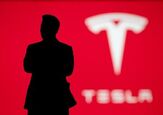
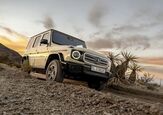
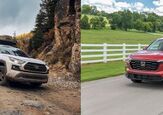
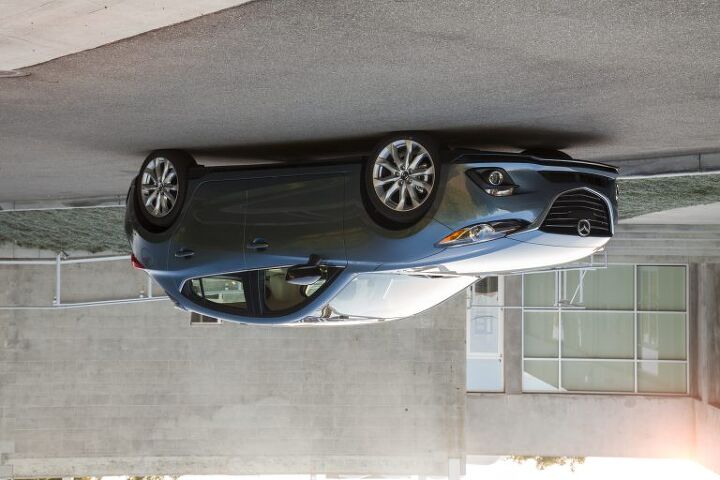












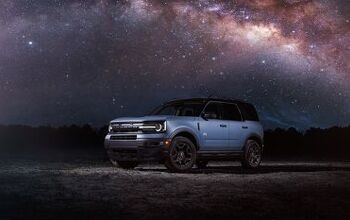
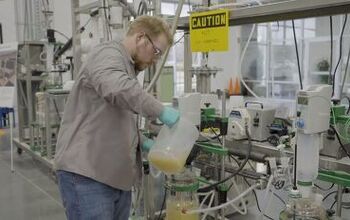


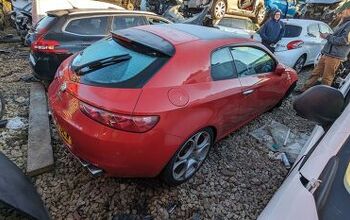
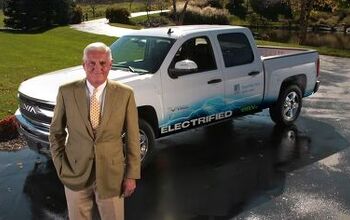
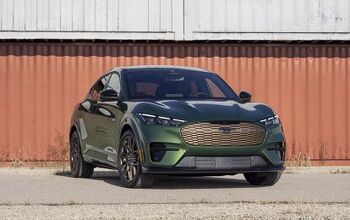
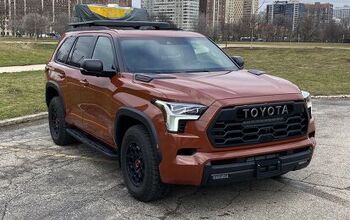
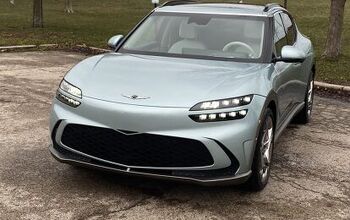

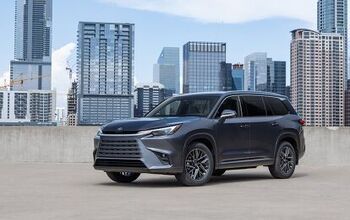
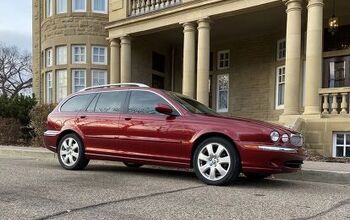
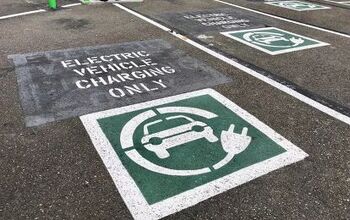

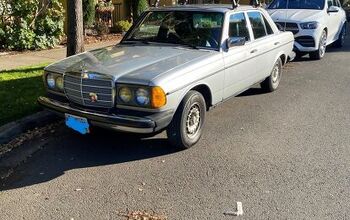
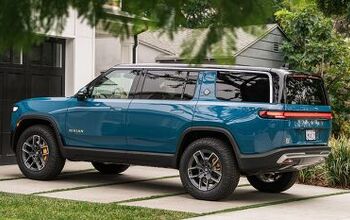

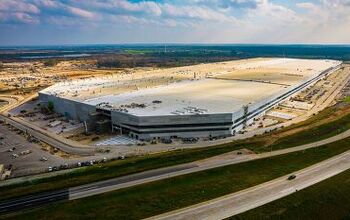
Comments
Join the conversation
Really odd article. Misses and overstates a few points. Of course diesel is more expensive than the gasoline equivalent. It always had been. The Ford and Holden GM equivalents, Mondeo Cruze whatevers are anywhere up to $4,000 more than the gasoline petrol version. Australia isnt Europe. The only cars that are mostly diesel here are the medium sized trucks like Rangers and the VW light commercials. 2ndly there seems to be no mention of the mechanical problems the Mazda diesel has in the 3 and the CX5. The motor seem to push diesel fuel past the pistons into the crankcase. Not sure if it was ever sorted out and then, who cares? The Mazda 2.5 gasoline four is a great motor with plenty of power and torque and with comparable fuel economy to the 2.0 - no downsides with this motor. So then why is the 2.2 diesel here? Small cars and car based CUVs dont need diesel.
with the price of gasoline in Brazil I could come to the mazda ca